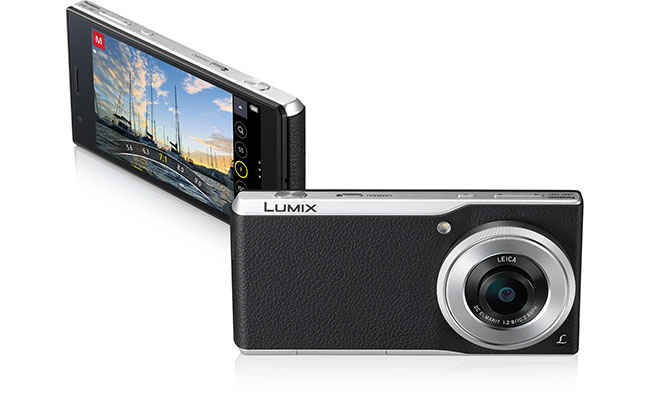Until now, there has been very few breakthroughs in the smartphone-camera hybrid segment. Most of the devices in this sector have mostly sported a mediocre camera loaded with Android OS, susceptible to lots of lags and crashes. Of devices that we have used and seen till date, Nikon tried and failed with their first Android-platform camera in 2012, the CoolPix S800c, which was plagued by stability and performance issues. Although they bettered it with the 2014 CoolPix S810c, it didn’t really create and grab the market for photographers looking for a single device.
Samsung had its own line of Android cameras, with the Galaxy Camera, Galaxy Camera 2 and NX30. The Galaxy Camera was a competent device, and although it did well for a while, it didn’t create the niche for smartphone-cameras. As a standalone camera, all of these devices still lagged the crispness of the sensor or the functionality of a wide range lens, despite adding a host of post-photography editing and sharing features through the Android platform.
Panasonic has previously tried with its own Lumix 101P in 2011, which had a number of neat functionalities. With the new Lumix DMC-CM1, it has possibly brought to the market the most competent camera within a smartphone’s realm. The CM1’s camera features a large 1” f/2.8-11 Leica lens, and houses a 20-megapixel MOS sensor on the inside. The lens ring is synchronised with the in-phone camera app, and is used to switch through shutter speed, focusing, ISO and exposure options. There is, however, no optical zoom.


The Lumix CM1 is also capable of recording 4K videos. The camera app has special features like ‘4K Photo’ and ‘4K Pre-Burst’ to capture stills from the 4K videos or to capture clean images of fast-moving objects. The CM1 can also save images in RAW format – a real handy feature for photographers. Looking at it from a phone's perspective, the Lumix CM1 hosts a 4.7” full HD 1920×1080 pixels display providing a crisp output of 469 ppi. The back of the phone looks completely like a camera with faux leather finish and plastic body on all sides. There are four physical buttons – power, camera power, shutter, and the volume rocker. Under the hood, there is a Qualcomm Snapdragon 801 quad-core SoC running at 2.3GHz and 2GB of RAM, stock Android (KitKat) interface that has a massively upgraded camera app, 16Gb of internal memory and an expandable microSD slot up to 128GB.
Panasonic has really focused on camera functionalities with the Lumix DMC-CM1, providing a plethora of services for photography-based needs, and even the device itself is decently powered to avoid lags and crashes that previous camera-smartphone hybrids have suffered from. One major concerning factor, though, is whether it is worth the $1,000 price tag that it has been launched for in the U.S. While the photography focused Microsoft Lumia 1020 is priced at only $199 now, the Lumix CM1’s camera will need to perform supremely well and match the powerful specifications to justify its rather exorbitant price tag.
Source: PhoneArena